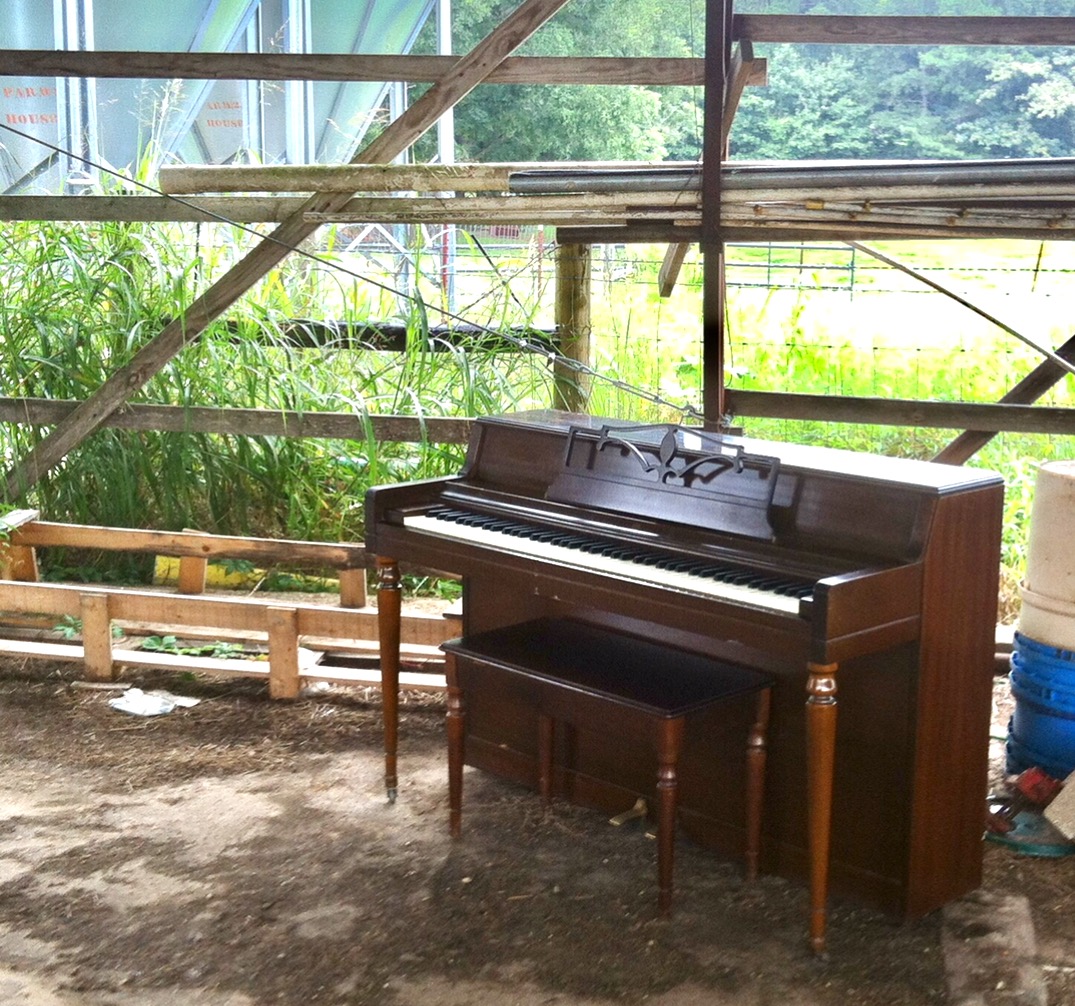Piano Placement
We've all heard that pianos shouldn't be placed on an outside wall. How accurate is this statement? The piano as an instrument is over 300 years old and in the not so distant past it was certainly good advice since homes did not have good insulation in the walls, if any at all, and old single pane windows didn't do much to help either. Air conditioning was non existent and heat came from a wood burning stove. (I also heard my grandparents had to walk to school - uphill both ways....) Fast forward to the early 21st century and we have well insulated walls, double pane energy efficient windows and in most cases a central heat and air system - so, in modern homes it is generally safe to place a piano on an outside wall. There are some suggestions I have for piano placement:
-
Avoid direct sunlight - not only can that lead to tuning issues, it is also bad for finishes, particularly wood finishes. Have one of the black, modern polyester finishes? I've seen those crack from daily exposure to direct sunlight.
-
Avoid placement over HVAC vents - again, we have a temperature cycle going on here. The piano heats up or cools down relative to ambient room temperature when the heat or air comes on, then returns when the system cuts off. This is a big concern for locations with vents in the floor, not as great a concern for areas with vents in the ceiling.
-
Avoid placement near an exterior door with high traffic - sometimes this can't be helped. In my store, the pianos closest to the door are the ones that go out of tune the fastest - every time the door opens they get a blast of air that's generally the opposite of what the HVAC system is doing inside, causing fluctuations in temperature and relative humidity that cause slight changes in the soundboard and thus slight changes in tuning. It's never the same up and down the keyboard either - the short treble strings are much more susceptible to changes than the longer and heavier bass strings.
